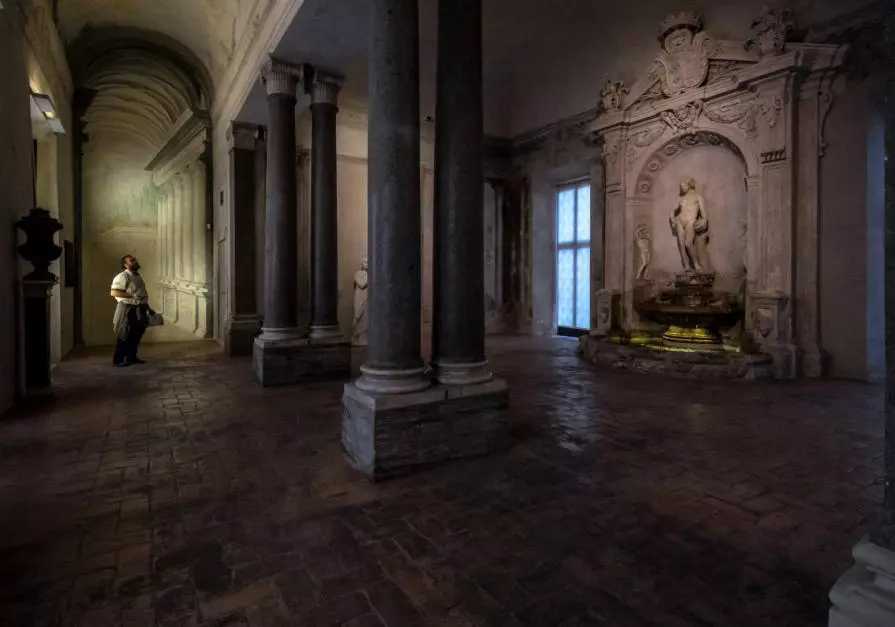
Muséographie
Georges Braque
In an era, like the present one, when we are witnessing the complete transformation of perceptual powers following the spread of internet use and the development of technology, my photographic work seeks to highlight modern man’s ability to hold a conversation with a work of art in complete solitude.
I chose the museum because it seems the ideal place to communicate, evoke and engage - and to turn the viewer into a participant both through the experience of the space and through interaction with what is displayed there.
The idea that underlies my photographic project is that of capturing the spectator’s instant of emotional outlay at the very moment in which he comes into contact with the work of art.
All the photos follow the line of gaze which tracks back and forth from the individual to the object.
While frenetic life goes on all around, this interior, intimate dialogue between the spectator and the work of art takes on a sense of eternity.
In today’s society dominated by insecurity, a lack of clear priorities and uncertainty, the relationship of man with an art object becomes far from insignificant; on the contrary it seems to be the only possible defence against nostalgia for a lost past.
The common denominator in my photographs, which aspire to truth and objectivity, is the emotion that is linked to the lived experience of the viewer.
Insofar as one can apply the concept of category to works of art it is not possible to talk about a “correct” definition but only a series of very interesting uses. When I take a photograph my philosophy must be that of the hic et nunc (here and now) and not fall into the amoral, illogical, tentacle-like grasp of thought itself.
It’s about capturing a snapshot of a state of grace. All too often one exists between past failures and future anxieties. If one immerses oneself completely in the present, living every instant with awareness of our existence, everything becomes more intense. I have tried to seize this intensity. The instant I capture with the camera is infinite.
If we succeed in living it in its fullness we would know what eternity is, because the present is the eternal.
 Share / Save
Share / Save
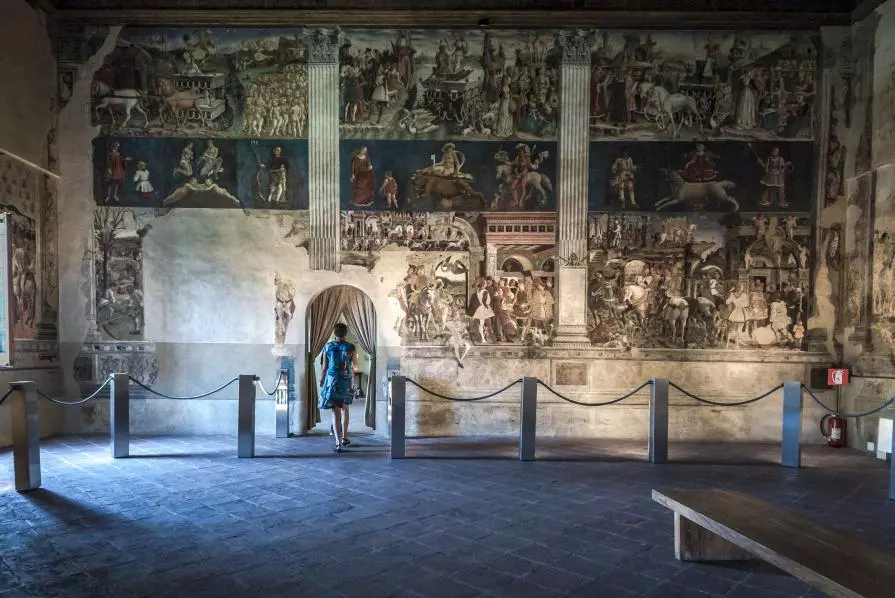




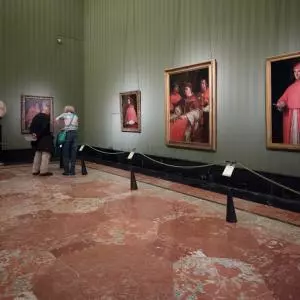
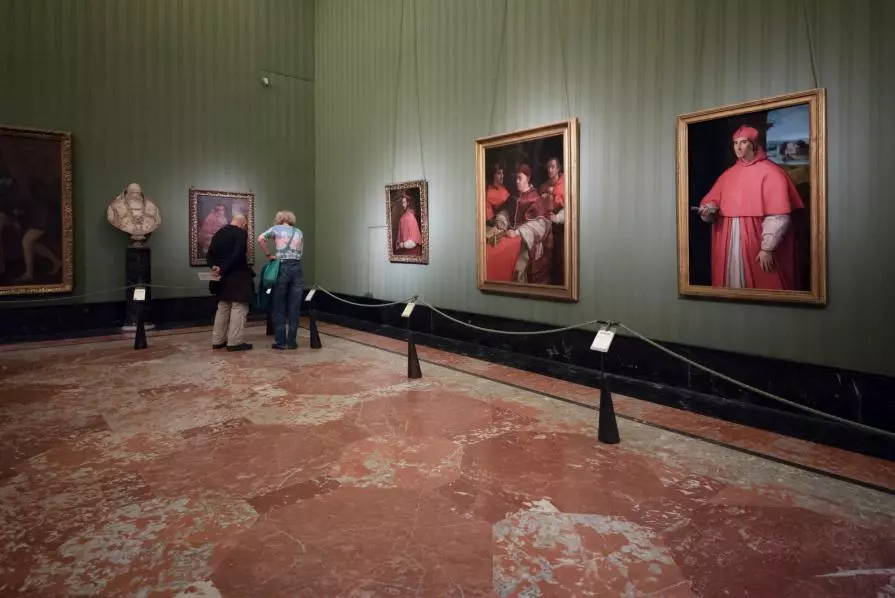
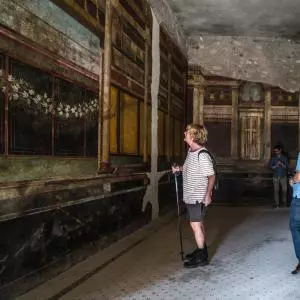
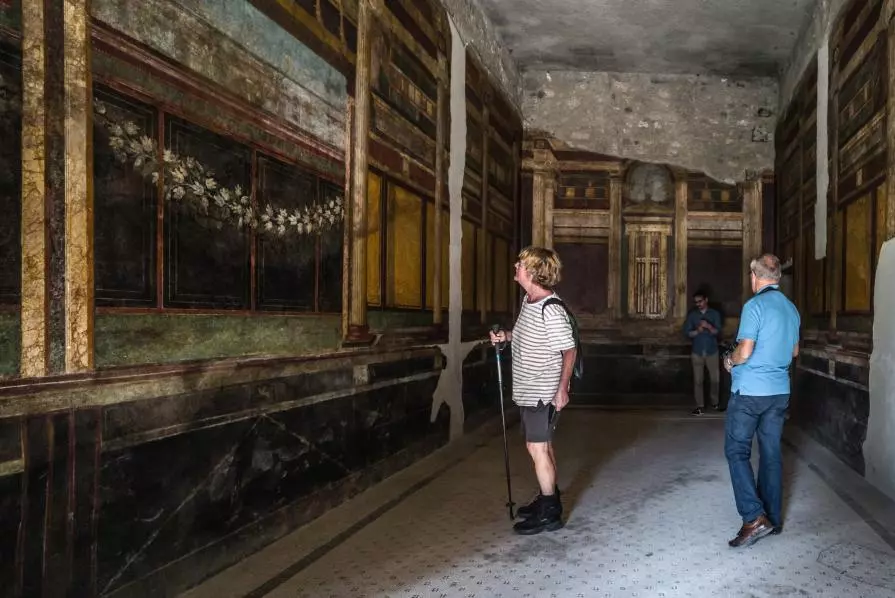
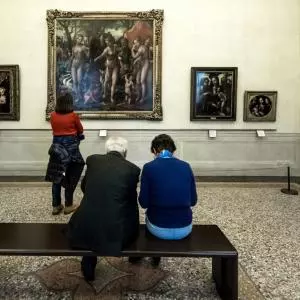




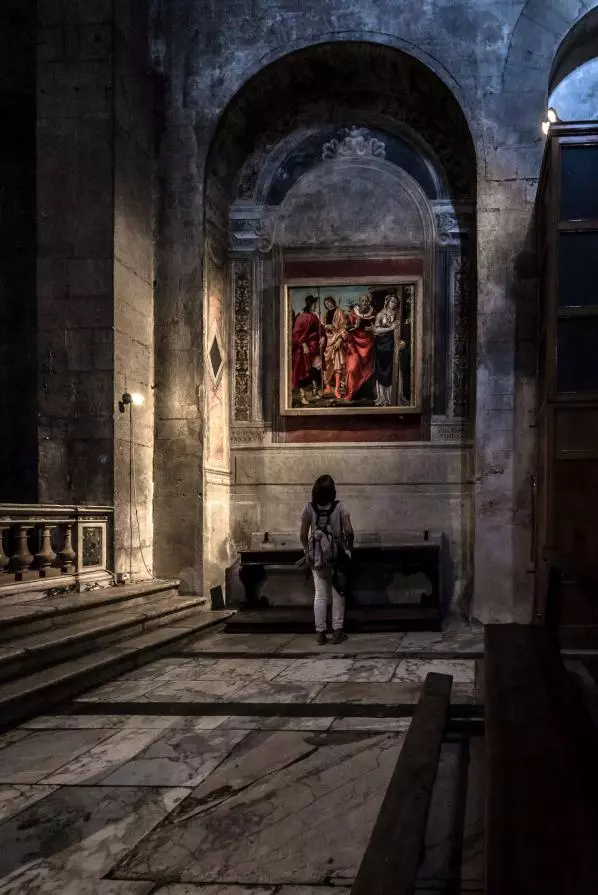






















Comments 4
Say something